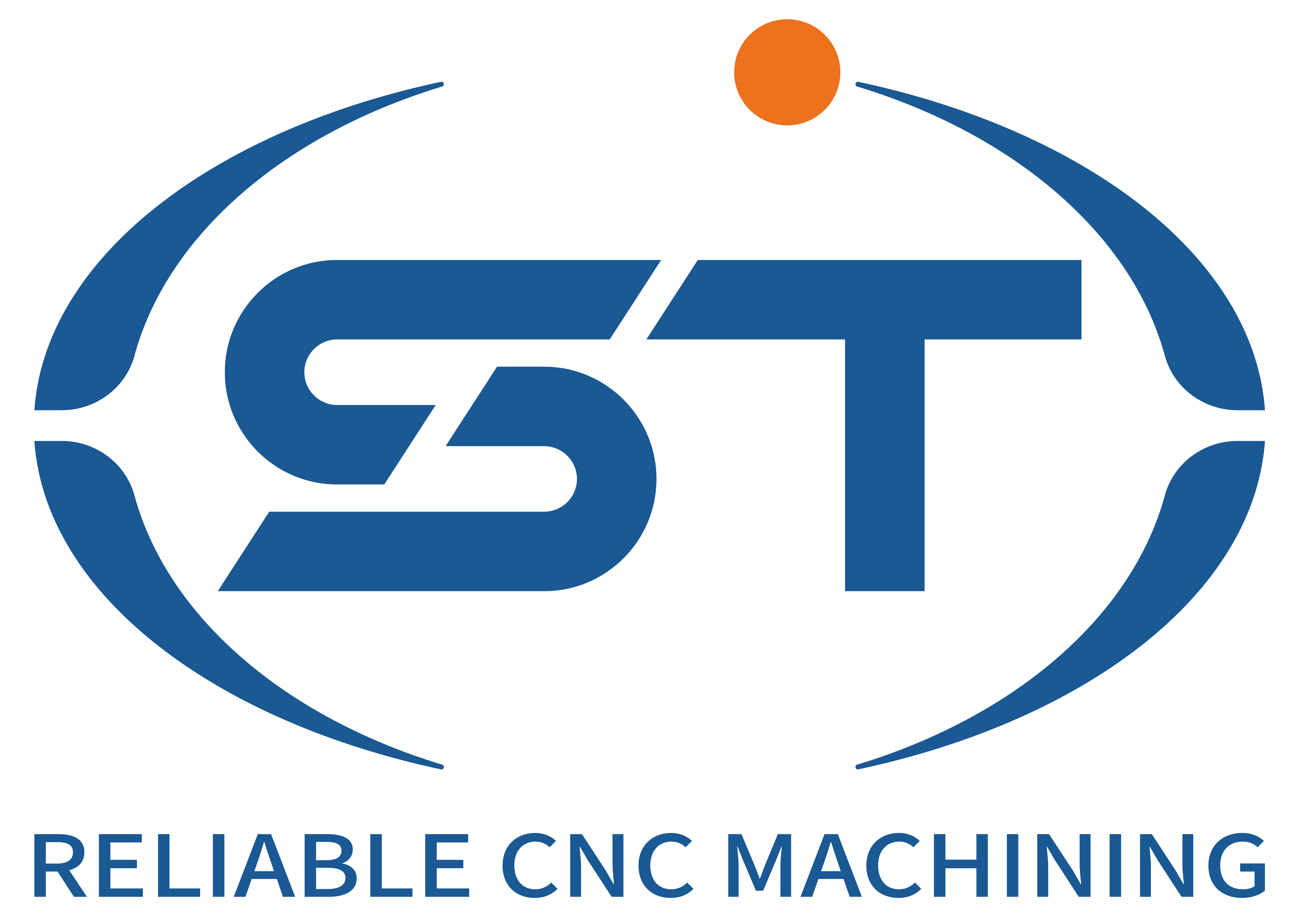Strategic Tool Change Optimization in Faites une demande maintenant ! of Automotive Components to Minimize Downtime
In automotive CNC machining, tool changes are a critical but time-consuming process. Inefficient handling of tool changes can lead to extended downtime, reduced productivity, and increased operational costs. By implementing systematic strategies to streamline tool changes, manufacturers can enhance machine utilization, improve throughput, and maintain competitive edge. Below are actionable approaches to optimize tool change processes and save time in automotive CNC workflows.
Table of Contents
TogglePredictive Tool Change Scheduling Based on Usage and Wear
Leveraging real-time tool monitoring and predictive analytics enables manufacturers to schedule tool changes proactively rather than reactively. By integrating IoT sensors into CNC machines, operators can track key metrics such as cutting forces, vibration, and spindle load to detect early signs of tool wear. For example, a gradual increase in vibration might indicate edge dulling, prompting a scheduled change before the tool fails and causes unplanned downtime.
Machine learning algorithms further refine tool change scheduling by analyzing historical performance data. By correlating cutting parameters, material properties, and tool life cycles, these systems predict optimal replacement intervals. For instance, if data shows a tool consistently fails after 12 hours of machining a specific alloy, the system can flag the 11-hour mark for a planned change, ensuring continuity without risking breakage.
Operators can also use predictive dashboards to visualize tool health trends. By displaying metrics like remaining usable life, wear rate, and historical failure patterns, these interfaces empower personnel to prioritize tool changes during low-demand periods or schedule them alongside other maintenance tasks. For example, a tool nearing the end of its life might be replaced during a scheduled machine calibration to minimize disruptions.
Automated Tool Changing Systems and Workflow Integration
Automated tool changers (ATCs) are pivotal in reducing manual intervention and downtime. By equipping CNC machines with high-capacity ATCs, manufacturers can minimize the time spent swapping tools. For example, a machine with a 60-tool magazine can switch between operations rapidly, enabling uninterrupted production across multiple part variants.
Centralized tool management software enhances ATC efficiency by optimizing tool selection and sequencing. By analyzing job requirements and tool availability, the system generates optimized tool lists that minimize changeovers. For instance, if a job requires three different end mills, the software might arrange the sequence to use tools from adjacent magazine positions, reducing ATC travel time.
Integration with production scheduling systems further streamlines workflows. By syncing tool change requirements with job priorities and machine availability, manufacturers can bundle tool changes during natural breaks in production. For example, a tool change for a low-priority job might be delayed until after a high-priority run completes, ensuring critical tasks proceed without interruption.
Quick-Change Toolholders and Standardized Setup Protocols
Quick-change toolholders—such as hydraulic, shrink-fit, or mechanical clamping systems—significantly reduce setup times. By enabling rapid tool mounting and dismounting, these systems eliminate the need for time-consuming manual adjustments. For example, a hydraulic chuck might secure a tool in seconds, compared to minutes with traditional collet systems.
Standardized setup protocols also enhance efficiency. By establishing consistent procedures for tool loading, calibration, and verification, manufacturers reduce variability and errors. For instance, a checklist might guide operators through steps like verifying tool offsets, running air cuts, and inspecting first-article parts to ensure accuracy before full production begins.
Pre-staging tools in organized racks or carousels further accelerates changes. By keeping frequently used tools in designated locations, operators can retrieve them quickly without searching. For example, tools for a specific part family might be stored in a labeled carousel near the machine, reducing walk time and improving responsiveness.
Concurrent Tool Change Operations and Parallel Processing
Concurrent tool changes—where tool swaps occur while other machines or processes continue—maximize productivity. By overlapping tool changes with non-machining tasks, manufacturers minimize idle time. For example, an operator might initiate a tool change on one machine while another completes inspection or deburring on a different part.
Parallel processing strategies also reduce downtime. By grouping similar jobs that share tooling requirements, manufacturers can minimize the number of unique tool changes. For instance, if two jobs require the same end mill and drill, running them consecutively eliminates the need to swap those tools between jobs.
Implementing a “first-in, first-out” (FIFO) approach for tool changes ensures fairness and efficiency. By prioritizing changes based on job urgency rather than operator convenience, manufacturers prevent bottlenecks and maintain balanced workflows. For example, a tool change for a delayed high-priority job might take precedence over a routine swap for a lower-stakes task.
By adopting these strategies—predictive scheduling, automation, quick-change systems, and concurrent operations—automotive manufacturers can significantly reduce tool change times, enhance machine utilization, and boost productivity in CNC machining. These improvements not only lower operational costs but also improve delivery reliability and customer satisfaction in a fast-paced industry.




